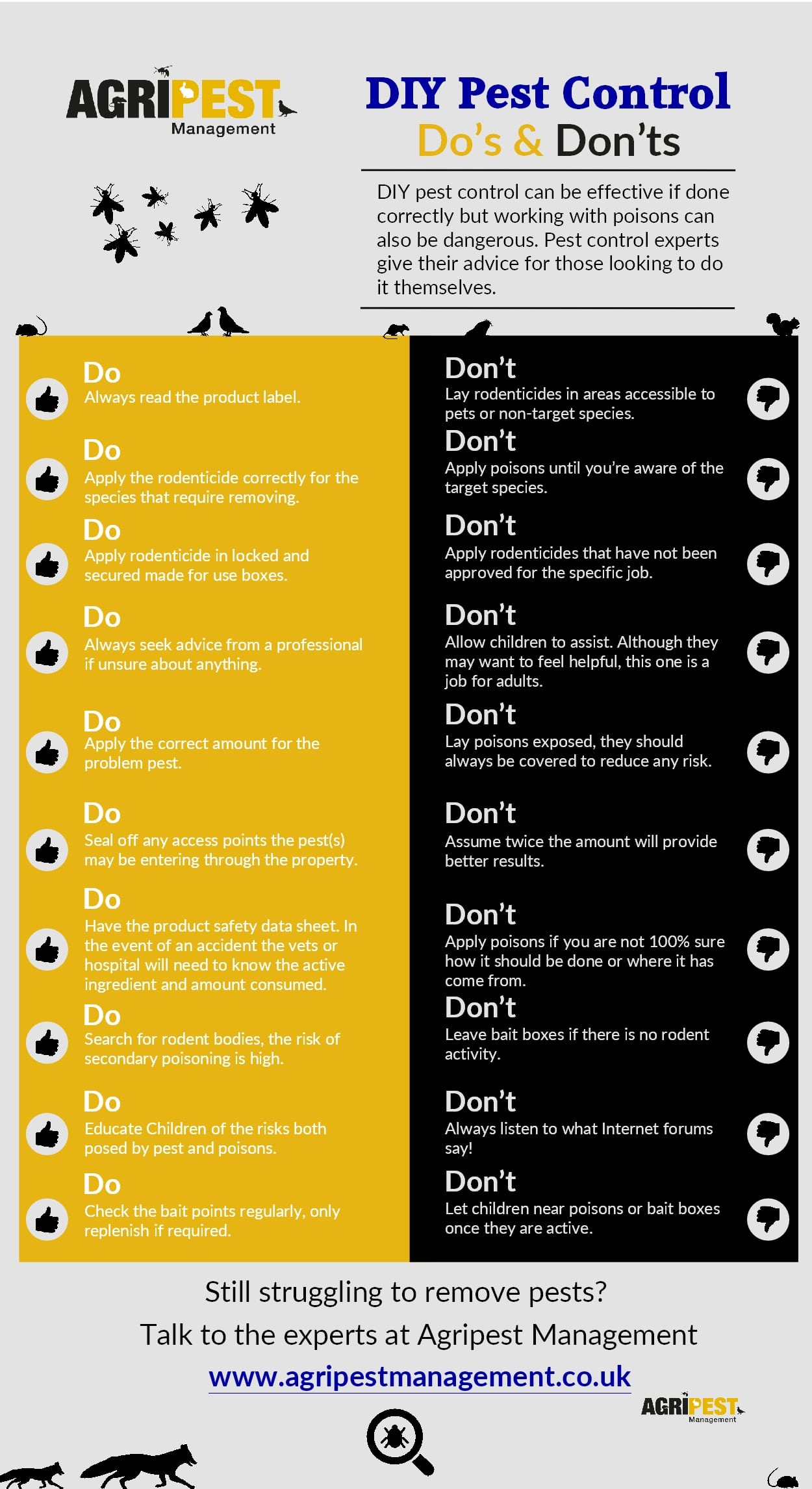Keeping Rats Away From Your Outside Area: Methods To Have A Yard Without Parasites
Keeping Rats Away From Your Outside Area: Methods To Have A Yard Without Parasites
Blog Article
Web Content Composed By-Christensen Murray
Did you recognize that rodents can press with openings as tiny as a quarter? Visualize the effects for your outside room. From nibbling on plants to nesting in relaxing corners, these parasites can wreak havoc if given the possibility. Yet concern not, there are practical strategies you can employ to keep your backyard rodent-free. By taking easy actions to secure access factors and keep a tidy setting, you can develop a fortress versus undesirable hairy site visitors. So, are you ready to guard your outside haven from these pesky intruders?
Identify Access Points
To efficiently rodent-proof your outdoor space, begin by identifying possible entry factors. Check your lawn for any kind of voids or openings that rodents could make use of to access. Examine locations such as spaces under doors, holes in the walls, or openings around energy penetrations. Bear in mind that computer mice can squeeze with holes as small as a penny, so be detailed in your evaluation.
Concentrate on areas where utilities enter your home, such as where pipes, cords, or wires get in the building. Seal any spaces around these entry points with products like steel wool or caulk. Furthermore, check for any type of fractures in the foundation or gaps in the house siding that might work as entry factors for rats.
https://martinkeztn.bloggerswise.com/39088682/recognize-the-essential-relevance-of-applying-effective-insect-management-techniques-in-response-to-an-unexpected-invasion-and-learn-efficient-means-to-address-this-instant-problem-directly to locations where vegetation satisfies your home, as disordered plants can provide concealing areas and simple accessibility for rodents. Trim any kind of looming branches or shrubs that could be utilized as bridges to your house. By recognizing and sealing off these entry points, you can substantially decrease the opportunities of rodents attacking your outside space.
Implement Exemption Measures
Inspecting and securing access factors is the first step in rodent-proofing your outside space; now you'll do something about it by carrying out exemption measures.
Begin by installing door brushes up on all outside doors to prevent rodents from squeezing with gaps. Seal cracks and holes with weather-resistant sealer, focusing on areas where energy pipelines enter your home.
https://www.prnewswire.com/news-releases/fox-pest-control-ranks-13-on-annual-list-of-top-100-pest-control-companies-301581060.html to cover vents and smokeshafts, guaranteeing they're safely connected. Trim tree branches and vegetation away from your home to remove possible bridges for rodents to access your roof.
Furthermore, consider setting up steel flashing around the base of your home to stop burrowing. Store fire wood a minimum of 18 inches off the ground and away from your house.
Maintain trash in securely sealed containers, and promptly tidy up any kind of splashed birdseed or pet food. By carrying out these exclusion steps, you can significantly decrease the possibility of rats invading your outside space.
Maintain Cleanliness and Trimmed Landscaping
Guarantee your outdoor room remains tidy and your landscaping is frequently cut to hinder rats from finding harborage or food resources. Keeping your lawn clean is crucial to decreasing attractions for rodents. Remove any kind of debris, clutter, or unused items that can function as concealing places for these parasites. Rats are attracted to locations with easy access to food and sanctuary, so by keeping sanitation, you make your residential property much less appealing to them.
Routinely cutting your landscape design is likewise essential in rodent-proofing your exterior room. Thick vegetation gives rodents with ample hiding spots and prospective nesting websites. By maintaining your turf cut, bushes cut, and trees trimmed, you get rid of prospective habitats for rats. In addition, trimmed landscaping makes it harder for rodents to access your home as they choose locations with sufficient coverage for defense.
Conclusion
In conclusion, by putting in the time to rodent-proof your outdoor area, you can make certain a pest-free lawn for years to find. Bear in mind to frequently evaluate for access points, apply exclusion procedures, and keep your yard clean and well-kept.
With these straightforward strategies in position, you can enjoy a serene and rodent-free outside setting. So, don't delay - begin rodent-proofing today and say goodbye to undesirable critters in your yard!
